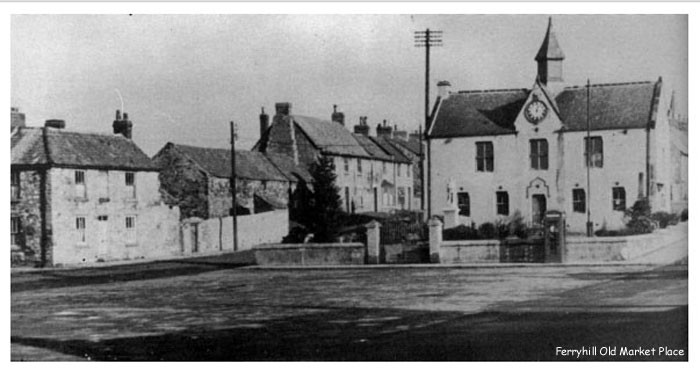
On October 5th, 1936, a significant event unfolded in Jarrow. The marchers, consisting of 200 men, gathered at the local Town Hall and proceeded to Christ Church for a service before embarking on a historic journey. Leaving the confines of the church, they were met with large crowds, marking the beginning of their remarkable undertaking.
Leading the marchers were the local brass band, the Mayor, the Town Clerk, and two individuals carrying an oak box containing a petition signed by 11,000 Jarrow residents. Notable figures like Miss Ellen Wilkinson, Councilor Joe Hanlon, Councilor David Riley, and Alderman Joe Symonds were among the leading group.
Their first stop on the journey was Springwell in Gateshead, where they took a break for food. After covering approximately 12 miles from their starting point, they arrived at Chester-le-Street, where they enjoyed cups of tea. Later, a meeting was held in the market square before they retired to the Church Institute for the night. Although the floor of the institute was dusty and hard, it did not discourage the men from getting some rest.
On the morning of October 7th, the marchers were in high spirits and ready to continue their journey. Their destination was Ferryhill, about 7 to 8 miles south of Durham City. This leg of the journey proved to be more challenging, as the bus carrying their equipment encountered difficulties navigating the hilly terrain. However, the marchers themselves maintained a steady pace and overcame the obstacles. Along the way, they even adopted a black Labrador dog they encountered, affectionately naming it “Jarrow” as their mascot.

Upon reaching Ferryhill, a town deeply affected by its economic struggles due to its reliance on the coal industry, the men received a warm welcome and much-needed food. The following morning, they enjoyed a hearty breakfast of bacon and eggs. At one point, the doctors attending the marchers had their hands full with foot blisters and two more serious health issues. A young boy experienced a seizure, and an older man developed a septic heel, leading the doctors to decide that both individuals should return home.
In the here and now, walking is widely recognized as beneficial for various health conditions, from physical fitness to mental well-being, including high blood pressure and depression. However, during the time of the marchers, walking was necessary for their survival and daily existence. (June 2023 Shahd).
Follow the Marchers: Ferryhill to Ripon.